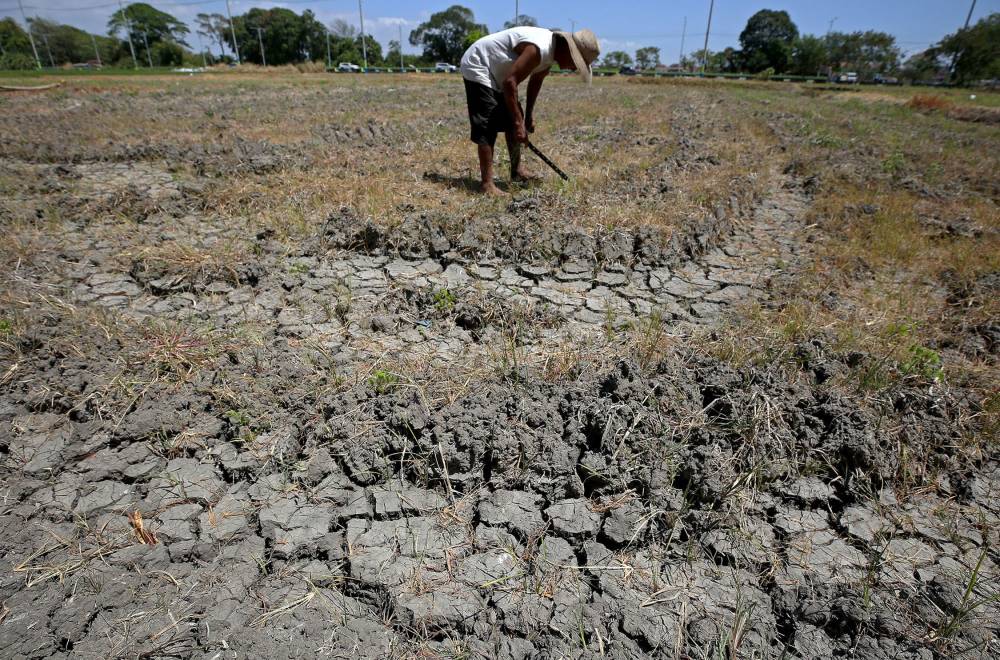El Niño fallout: Farm output down 2% in Q2

The country’s farm output continued to weaken in the second quarter as the agriculture sector reeled from the impact of the El Niño phenomenon, data from the Philippine Statistics Authority (PSA) showed.
In its report on Wednesday, the PSA reported that local agricultural output had slid by 3.3 percent to P413.91 billion in the three months ending June from P427.69 billion a year ago.
The poultry and fishery subsectors expanded but this failed to shore up last quarter’s farm output, as crop production and livestock subsectors logged decreases.
Crop production suffered the biggest drop during the period, declining by 8.6 percent to P220.04 billion. Palay and corn production—the country’s major staples—dropped by 9.5 percent and 20.3 percent, respectively.
“It’s El Niño that really drive the decline of the crop subsector, in particular, palay, corn,” Agriculture Assistant Secretary Arnel de Mesa told reporters Wednesday.
This climate phenomenon had caused months-long drought in the country amid extreme heat and lack of rains.
“Crops, particularly rice and corn, either did not survive or suffered yield losses due to lack of water… If there was no rain, farmers would not have been able to plant and the only time they could plant again would have been in June or July when the rains came,” Federation of Free Farmers National Manager Raul Montemayor told the Inquirer.
While it ended in June this year, the sum of agriculture damage due to El Niño reached P15.3 billion, official reports earlier said. The estimated losses were from June 2023, when the dry spell began. According to the Department of Agriculture (DA), corn farmers suffered the most with damage at P5.94 billion. Rice followed with P5.93 billion in losses.
The DA said that El Niño affected the livelihood of 333,195 farmers and fishers in 15 regions.
Livestock, meanwhile, contracted by 0.3 percent to P63.33 billion. Hog, the major contributor to livestock production, slipped by 0.2 percent.
The DA official said the hog industry had shown “growing resilience” despite the lingering African swine fever outbreak.
Poultry production increased by 8.7 percent to P70.15 billion, with chicken, duck, chicken eggs, and duck eggs rising.
Fisheries also recorded modest gains at P60.4 billion, 2.2 percent up from a year ago. Among the commodities that had seen increases included skipjack (gulyasan), yellowfin tuna, frigate tuna (tulingan) and bigeye tuna (tambakol).
However, Tugon Kabuhayan co-convenor Norberto Chingcuanco questioned the PSA report.
“The industry at large thinks that PSA is unable to estimate close enough. First, PSA does not estimate production. It only estimates harvests. Our production would include our inventory, which is in the waters, under the fishponds, lakes and seas,” Chingcuanco said in a message.
“Why would we harvest more than what we can sell? Our inventory in the waters is free storage. Our inventory is very large and they are all whole and complete fish,” he added.

















